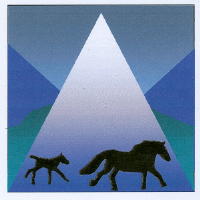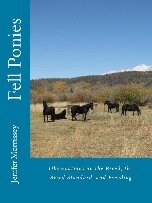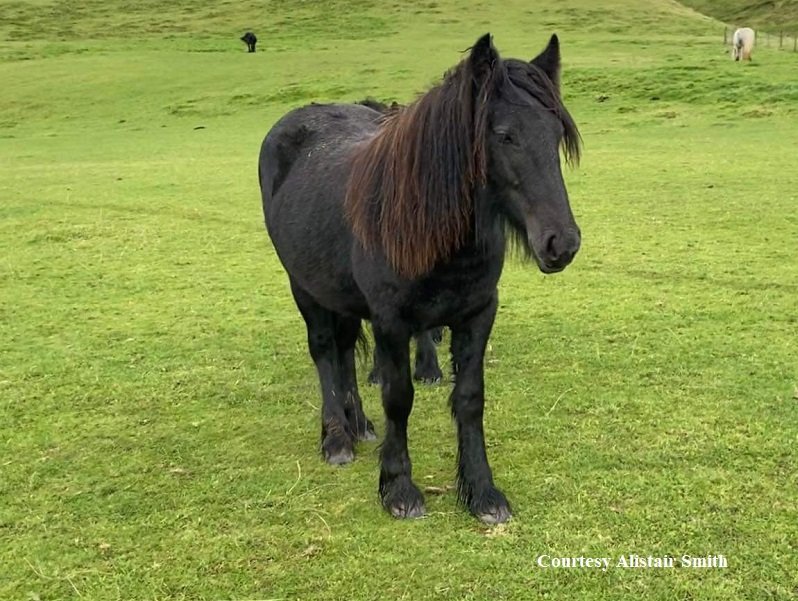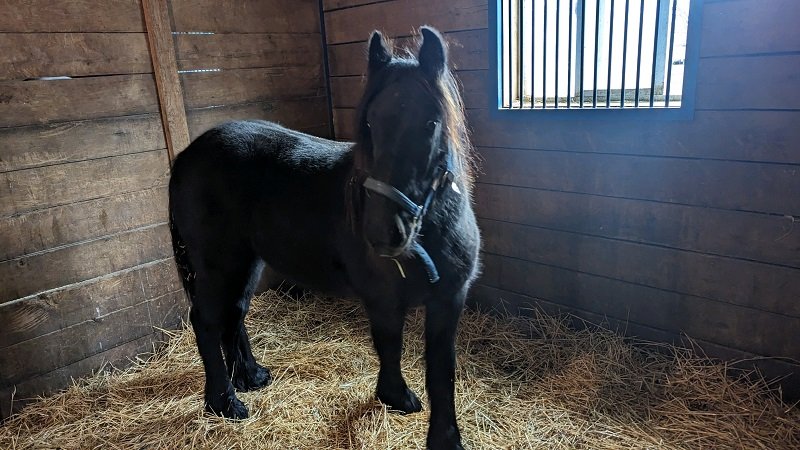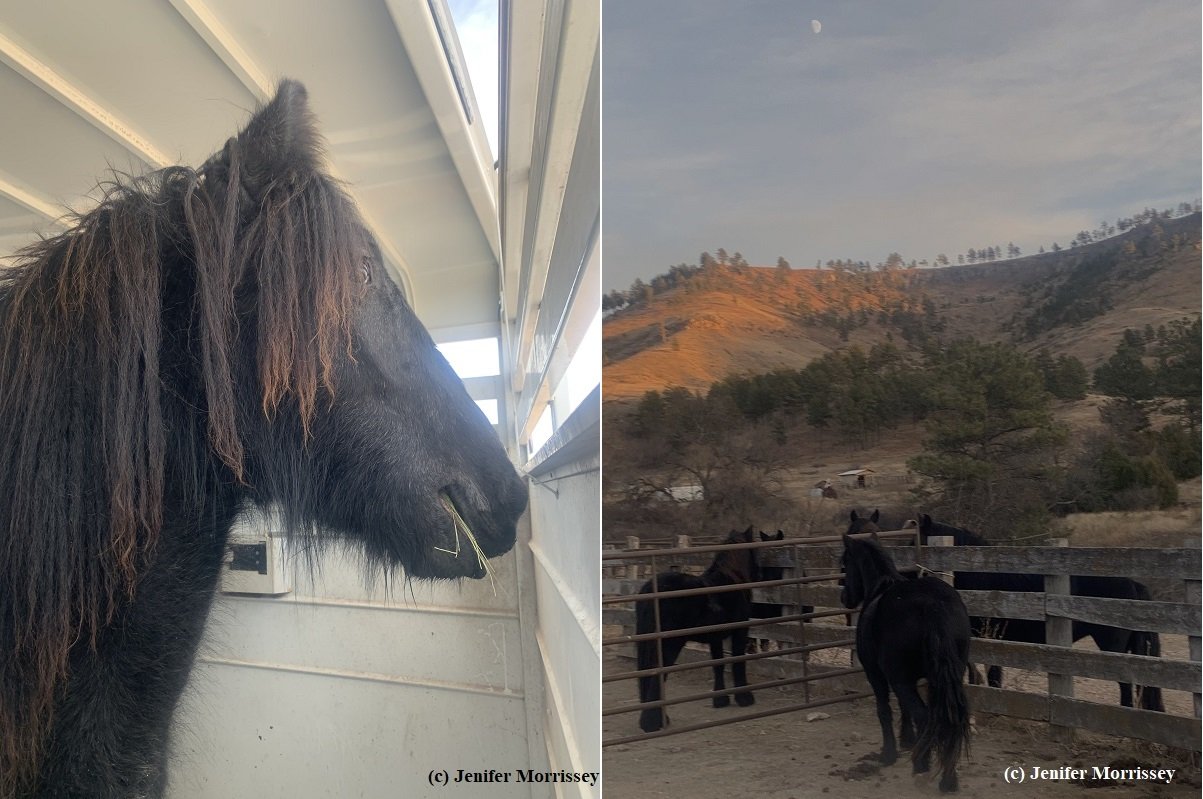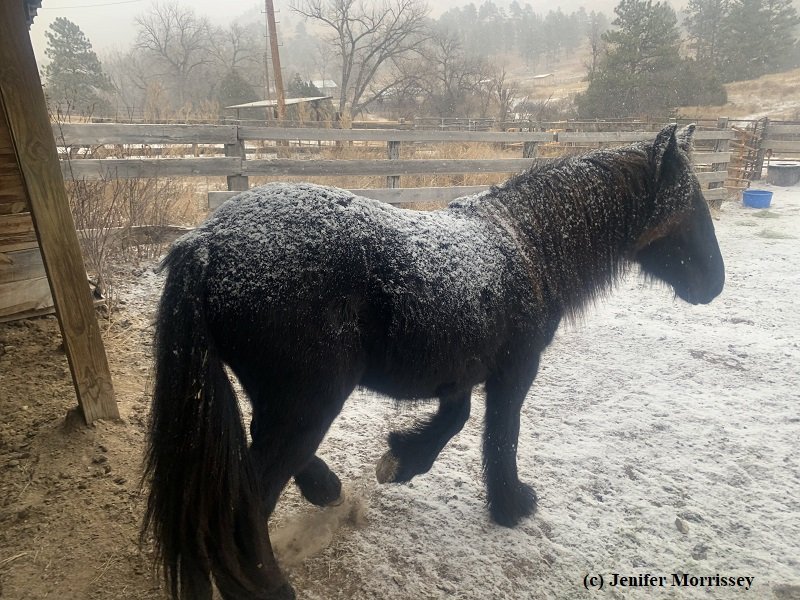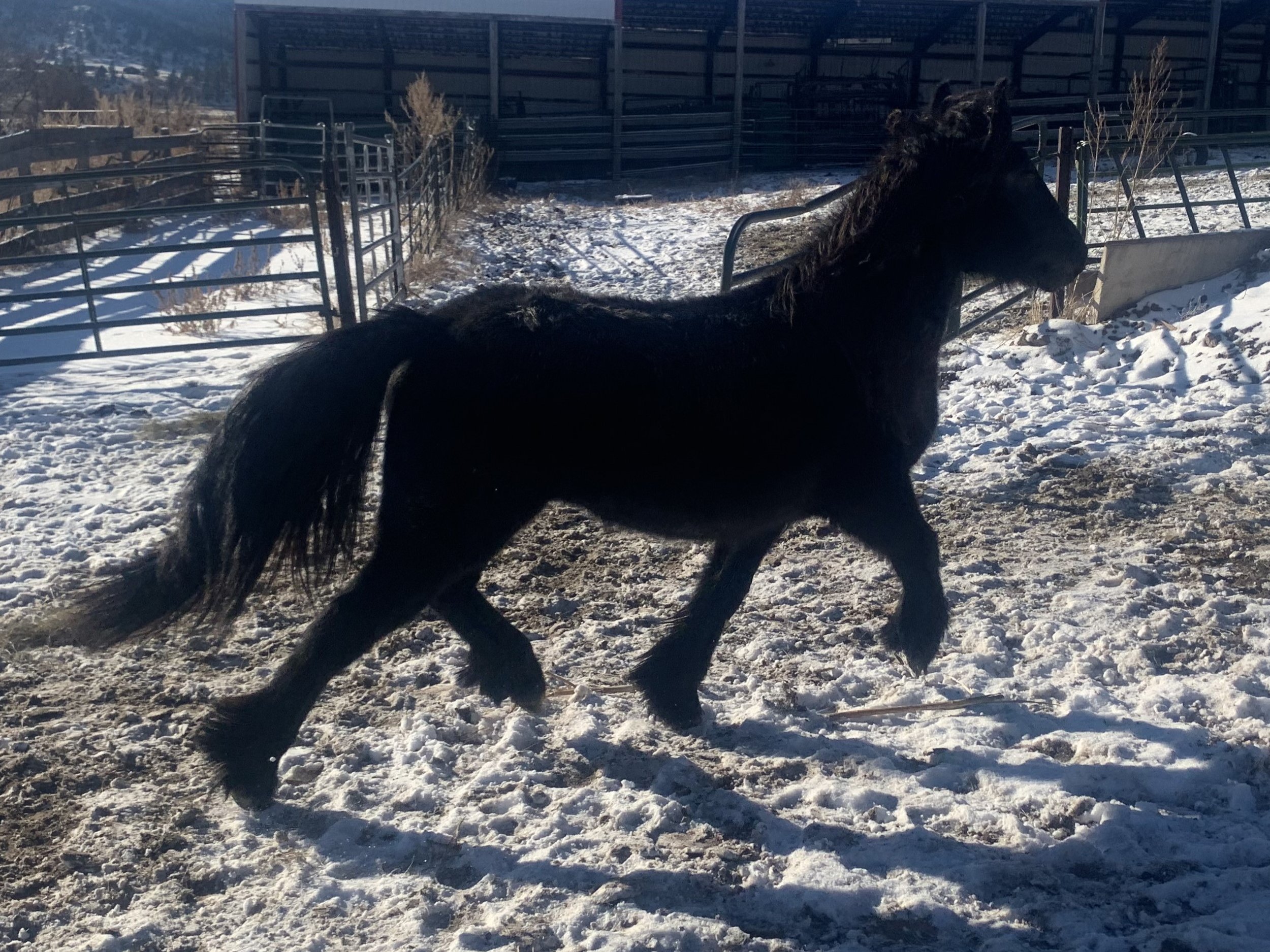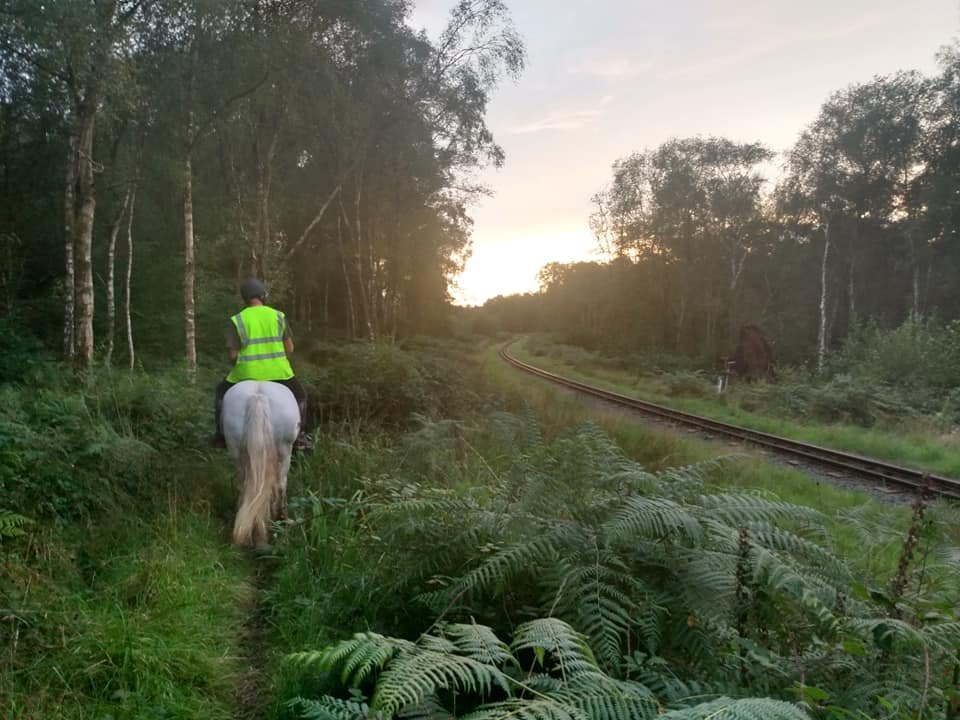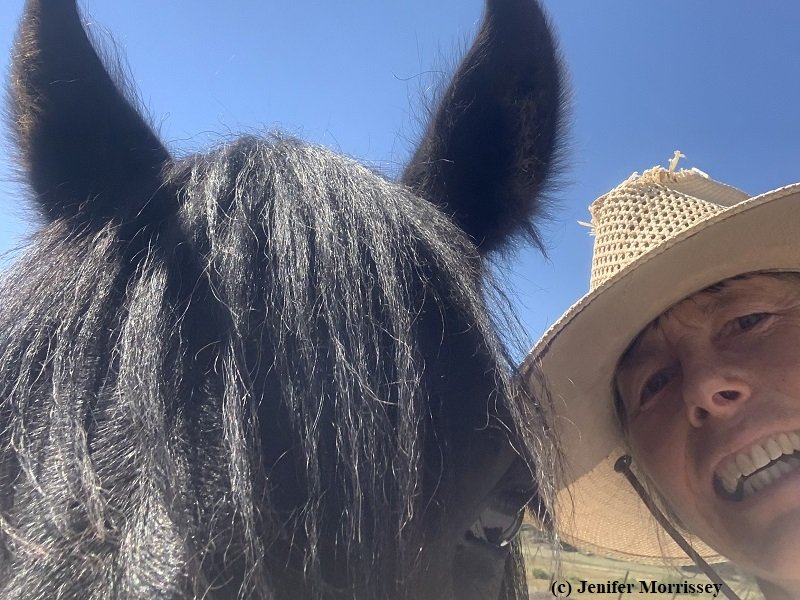Descending the river to the second track from Eskdale Green into Miterdale at Longrigg Green, we see a bridge and an inn. The Detailed Old Map names the bridge Bower House Bridge. The inn is also called Bower House, with a notation suggesting it was once called Hound Inn. The inn’s website and other histories say the building dates to 1751 and was a coaching inn. (20) The bridge is modern now but the Lakes Guides/Old Cumbria Gazetteer website includes a map from 1774 showing the bridge adjacent to Lowkay Hall, another name for the inn at this spot. (21) Given the number of historic packhorse tracks in the area, it is possible there was a bridge at that location previously that was used by pack ponies during their era.
Hindle, in his book Roads and Tracks of the Lake District calls the route out of Eskdale Green towards Santon Bridge a drove route, along which cattle were moved to market. “The main drove route northwards has been identified, and can be followed on foot from Eskdale right through to Cockermouth. From Eskdale Green it followed the present road to Santon Bridge and then along what is still an excellent example of a drove road to Strands where it crosses the River Irt. Beyond here the drove headed north-westwards and out onto open country, remaining on the lower fells in order to avoid the hedges of the enclosed farmland.” (22)
Gambles in The Story of the Lakeland Dales elaborates, “..the drovers’ road (now the motor road) along which for 500 years thousands of cattle were driven to markets and fairs at Bootle, Ravenglass, Cockermouth and much further afield to Kendal, Penrith and Appleby. The traffic here must have been intense as this road also served as a major packhorse route and wagon trail. The waters of the Mite no doubt quenched the thirst of many a tired beast.” (23)
Sometimes packhorsemen and drovers used the same routes and inns, as Gambles suggests. Or it may have been that the packhorsemen used the route from Eskdale Green via Smithy Brow Lane to Strands, leaving the Santon Bridge route to the drovers, in which case there may not have been a packhorse bridge at Bower House, since drovers could use fords instead.
Continuing downstream, we see on the map at Burn Booth a mill and bloomery. The Detailed Old Map shows a Walk Mill in this location, also called a fulling mill, as previously mentioned. David Bradbury in The Mighty Mite says this mill dates to 1494. (24) Mike Davies-Shiel’s map of fulling mills for Cumbria Industrial History Society suggests this mill dates to pre-1350. (25) With such a long history, it was certainly serviced by packponies during their era.
A Duddon Valley Local History Group document explains about fulling: “Once spun, wool needs to go through a ‘fulling’ process whereby it is cleaned and pounded to produce a cloth with a close-knit weave. Cleaning was traditionally undertaken using lye soap. This soap was made from a fine, potassium-rich ash or ‘potash’. The potash was produced by local farmers to supplement their income. Most was produced from burning harvested green bracken which is very rich in potassium sulphate, although sometimes wood was used.” (26)
Gambles in The Story of the Lakeland Dales explains an early sheep-keeping task called salving that explains why cleaning was such an important part of the production of wool cloth. “[Generations] of farmhands would have been familiar with all the arduous tasks involved in tending large flocks of sheep, not least the former custom of ‘salving’ to rid the animals of the various parasites which torment them. The ‘salve’ was an obnoxious mixture of rancid butter and tar and each sheep had to be vigorously massaged for 20 minutes or so. Three dozen sheep required 16 pounds of butter and one gallon of tar and kept one man exhaustingly occupied for three long days. This unpleasant chore began to disappear in the mid-19th century when Bigg’s sheep-dipping apparatus became more widely known. Resistance to change meant salving was still practiced on some Lake District farms until 1905 when dipping became compulsory. Most farmers by then had been persuaded to use the new method by the simple fact that the cost of dipping was considerably less than that of salving, and the cleaner, dipped fleeces were far more marketable than the tarry, pungent fleeces which had been so thoroughly anointed.” (27)
Pack ponies would have been well employed when fulling mills were in operation, bringing wool to the mill and then away from it but also possibly bringing the soap to the mill, the soap having been created from materials that they would have also likely hauled, as previously discussed regarding the potash kiln in Porterthwaite Wood.
Regarding the bloomery on the map at Burn Booth, Mary Fair wrote in her Transactions paper about bloomeries in the area, “On the north bank of the Mite, opposite the ruins known as Walk Milne (formerly a fulling mill), are traces of foundations of some building (the place is called ‘Burn Booth’), and patches of red oxide puddle. No slag heap located though it is said the site was a bloomery.” (28) Certainly the name ‘Burn Booth’ suggests there was a bloomery here! If the bloomery was in operation during the packhorse era, pack ponies could have brought charcoal and ore to the bloomery.
Another mill is shown on the map in this area in the upper reaches of a tributary to the Mite. The Detailed Old Map calls the buildings in this vicinity Mill House. Bradbury in The Mighty Mite suggests that there is evidence that a mill did indeed exist at this location at some time but isn’t shown on a map from 1774. (29) If a mill existed here prior to 1774, it was likely served by pack ponies.
The next feature downstream from Burn Booth is Murthwaite Bridge. Murthwaite at the foot of Muncaster Fell was a farm, but it is no longer in existence. (Note this is not the same Murthwaite of the recently dispersed Fell Pony herd, which was near Ravenstonedale.) Murthwaite in Miterdale today is a stop on the railway that takes tourists from Ravenglass to Dalegarth. The Norgates on their Lakes Guide/Old Cumbria Gazetteer website date Murthwaite Bridge to the 1860s. (30) However, Gambles in The Story of the Lakeland Dales shows on a map an historic packhorse track crossing the river at this point, suggesting that there may have been a packhorse bridge here during the packhorse era. (31)
